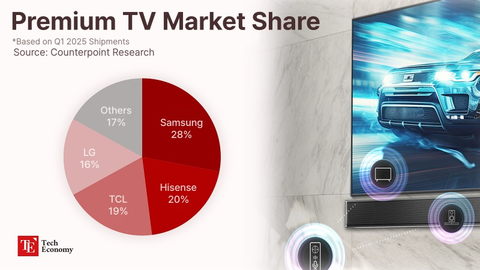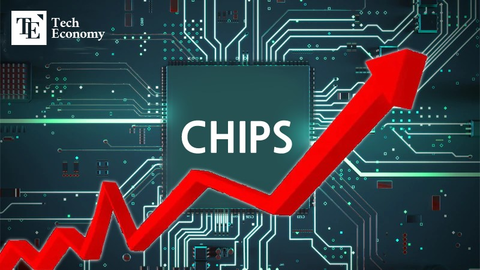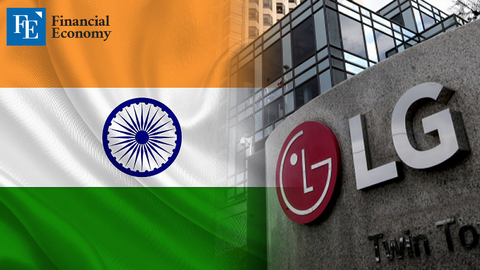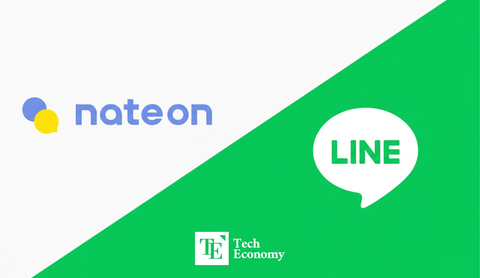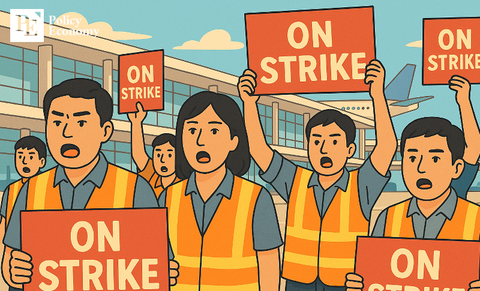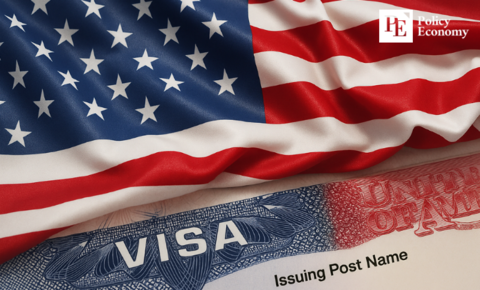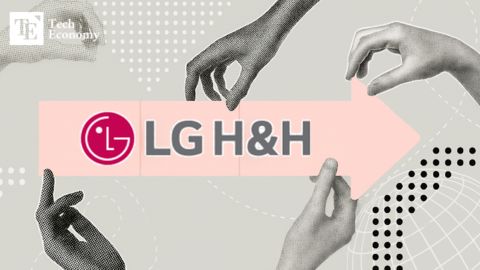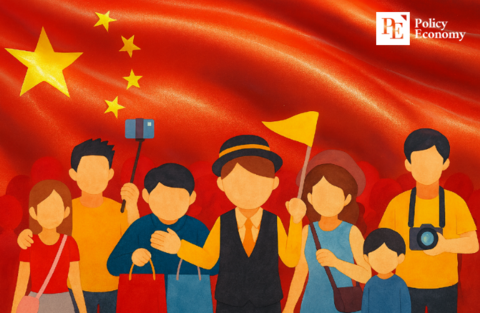GPT-5 Faces Backlash; OpenAI Pledges to Reoffer Older Versions
Input
Modified
Sam Altman admits there were “serious issues” on GPT-5’s launch day. Facing a flood of user complaints since release, OpenAI scales back. Even Chinese competitors are downplaying GPT-5, raising questions about OpenAI’s position.
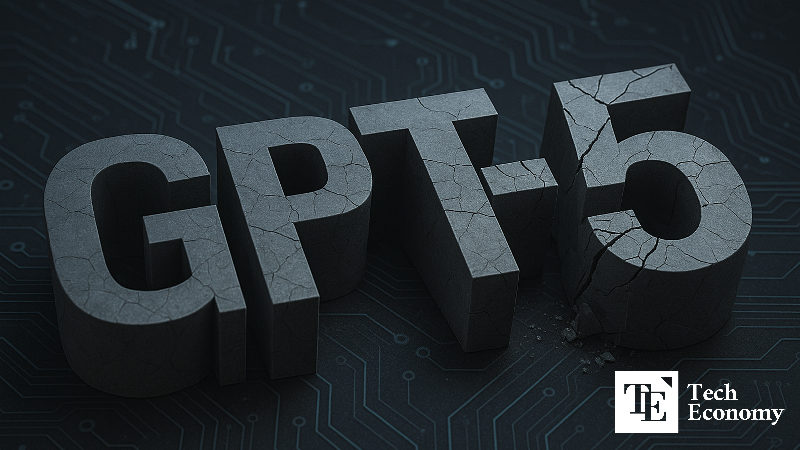
Sam Altman, CEO of OpenAI, directly addressed the performance controversy surrounding the company’s latest AI model, GPT-5. He explained that the drop in performance was due to technical flaws and stated that OpenAI is willing to give paying subscribers access to the previous GPT-4o model. Market observers warn that if this measure fails to turn public opinion, OpenAI could face a serious threat to its dominance in the AI sector going forward.
OpenAI Addresses GPT-5 Controversy
On August 8 (local time), OpenAI CEO Sam Altman, together with the GPT-5 development team, took part in a Reddit “Ask Me Anything” (AMA) session to respond directly to user concerns. The AMA was flooded with complaints that GPT-5 performs worse than its predecessor, GPT-4o, with some users requesting renewed access to GPT-4o.
Altman attributed the apparent performance drop to a technical malfunction. On launch day, the new “router” system—which decides in real time which model to use based on the user’s prompt—failed to work properly. This feature, unique to GPT-5, determines whether a query requires a fast reply or a slower, more in-depth answer, and then selects the optimal model. “On day one, a serious bug prevented the automatic model selection from functioning, which made GPT-5 seem ‘dumber,’” Altman explained. He promised to refine the selection criteria so users get more suitable responses and to be more transparent about which model is answering their questions.
Some Plus subscribers at the AMA requested that GPT-4o be made available again. Altman said the company is “considering allowing Plus subscribers to continue using 4o” while collecting more data to compare pros and cons. He also pledged to double the rate limits for Plus subscribers once GPT-5 deployment is complete. “Rolling out GPT-5 to all ChatGPT users is taking longer than expected,” he noted, adding that API traffic had nearly doubled in just the past 24 hours. ChatGPT currently has about 700 million weekly active users.
Why GPT-5 Is Facing Backlash
User dissatisfaction with GPT-5 stems from several factors. One Reddit user wrote, “GPT-5 gives shorter, less ‘real’ answers to the same questions. In long, immersive conversations, the emotional flow and nuance aren’t consistent.” That comment received more than 870 upvotes. Other users remarked, “GPT-4o felt like a friend,” and, “GPT-5’s answers feel like talking to a robot,” highlighting their disappointment with the new model.
Criticism has also focused on performance and user experience. Many say GPT-5’s output feels overly flat and lacks creativity, while established workflows built around GPT-4o no longer function smoothly with GPT-5. Some likened it to an “overworked assistant,” warning of the onset of AI “enshittification.” There’s also speculation that OpenAI’s model routing prioritizes lightweight paths to optimize speed and cost—potentially at the expense of quality.
Calls to restore manual model selection have been persistent. Previously, ChatGPT users could switch between models for different purposes—for example, using GPT-4o for complex tasks and o4-mini for lighter workloads. However, with GPT-5’s launch, OpenAI removed this option and made GPT-5 the default, with automatic routing for all tasks. One user criticized the move: “What company deletes an eight-model workflow from paying users overnight without notice?” arguing that direct control over model choice is essential.
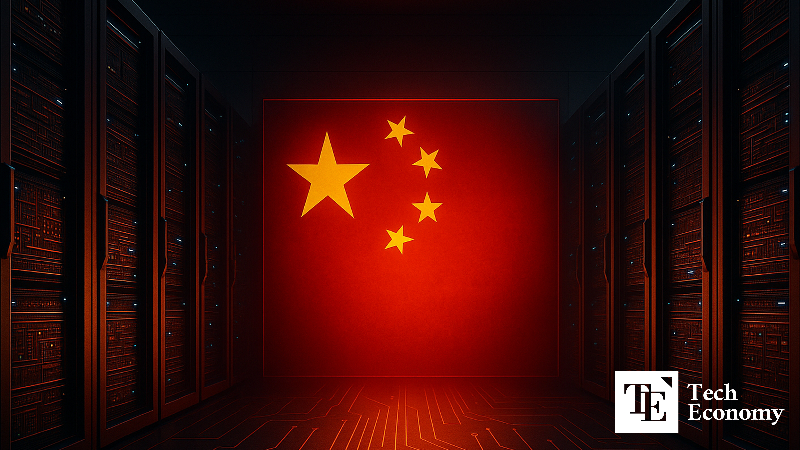
Chinese AI Industry: “No Different from Our Models”
Latecomers in China’s AI sector have also rated GPT-5 as “underwhelming.” On the 9th, the South China Morning Post reported that although OpenAI promoted GPT-5 as its “smartest and fastest model,” the prevailing view in China is that it lacks innovation. Zhang Linpeng, a professor in the AI department at Shanghai Jiao Tong University, stated, “GPT-5 has no memorable features,” adding that its “thinking” capabilities are already implemented by Chinese companies like Alibaba. In essence, GPT-5 offers no significant advantage over domestic models.
This assessment is rooted in the rapid advancement of China’s AI market. Open-source AI models are spreading quickly, and Chinese startups such as DeepSeek and MoonshotAI are gaining traction for their cost efficiency and innovative features. Major tech companies, including Alibaba, are also ramping up their own AI model development, underscoring the speed at which China is catching up to OpenAI.
Market analysts warn that if OpenAI fails to improve GPT-5’s reputation, the balance of power in the AI industry could shift dramatically. One industry insider noted, “OpenAI is struggling with tensions involving its largest shareholder, Microsoft, and faces funding constraints that make large-scale investment difficult. This is a serious blow given the aggressive competition from Elon Musk’s xAI and its Grok model, Google’s Gemini, and Chinese AI firms led by DeepSeek.” The source added, “If GPT-5 fails to turn the tide, OpenAI’s management crisis could worsen significantly.”


